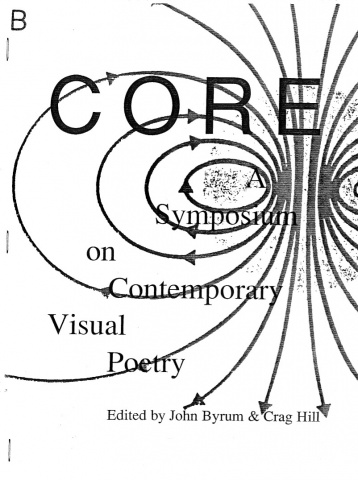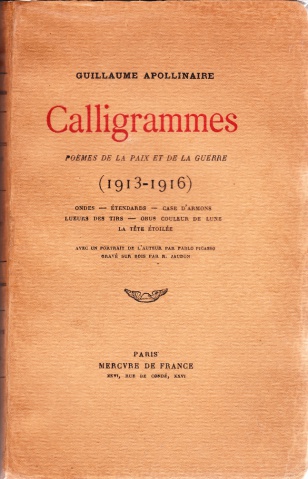Judith A. Hoffberg (ed.): Umbrella (1978–2008)
Filed under magazine | Tags: · art, artists book, concrete poetry, feminism, fluxus, mail art, print, publishing

Umbrella was a newsletter-magazine edited and published by Judith A. Hoffberg from 1978 until 2008. In her work, Hoffberg enthusiastically championed Fluxus, inexpensive artists’ books, mail art, rubber-stamp art, and many other offbeat forms of expression of the second half of the 20th century all of which found their way into Umbrella in the form of interviews, news and reviews.
Géza Perneczky credits Umbrella as “perhaps the most comprehensive and most usable unofficial source of information” on mail art and artists’ publications during the period from 1978 to 1984. (in The Magazine Network, 1993: 12)
Publisher Umbrella Associates, Santa Monica, CA
Open Access, the archive is hosted by the Herron Art Library of IUPUI University Library
ISSN 0160-0699
The Career and Collection of Judith A. Hoffberg (Anthony Marcus Leslie, dissertation, advisor: Johanna Drucker, 2012, 151 pp)
UmbrellaEditions.com
View online (PDF articles of the full run of the magazine)
Comment (0)John Byrum, Crag Hill (eds.): Core: A Symposium on Contemporary Visual Poetry (1993)
Filed under book | Tags: · concrete poetry, language, literary theory, literature, mail art, poetry, visual poetry

“CORE consists of materials sent in response to a questionnaire on visual poetry developed and distributed by Crag Hill and John Byrum. The questionnaire was distributed to approximately 200 people in several countries whose efforts have been largely concerned with visual poetry. Nearly all of the respondents consider at least some of their literary work as visual poetry or visual literature.
The responses constitute a core sample of the issues, methods, and practices of contemporary visual poetry, and of the respondents’ perceptions regarding its situation within contemporary culture. Respondents were encouraged to deal with the ‘spirit’ of the issues raised by the questionnaire as much as with the particular questions themselves.” (from the Introduction)
Contributions by Johanna Drucker, Charles Bernstein, Dick Higgins, Richard Kostelanetz, Steve McCaffery, Eduardo Kac, among many others.
Publisher Generator Press, Mentor/OH, and Score, Mill Valley/CA, 1993
ISBN 0945112165
156 pages
via imagenigma
Guillaume Apollinaire: Calligrammes: Poems of Peace and War, 1913–1916 (1918–) [FR, CZ, RU, EN, ES]
Filed under poetry | Tags: · concrete poetry, poetry, typography, visual poetry

Calligrammes is a key work not only in Apollinaire’s own development but in the evolution of modern French poetry. Apollinaire–Roman by birth, Polish by name (Wilhelm-Apollinaris de Kostrowitski), Parisian by choice–died at thirty-eight in 1918. Nevertheless, he became one of the leading figures in twentieth-century poetry, a transitional figure whose work at once echoes the Symbolists and anticipates the work of the Surrealists.
Apollinaire described calligrams as “an idealisation of free verse poetry and typographical precision in an era when typography is reaching a brilliant end to its career, at the dawn of the new means of reproduction that are the cinema and the phonograph.” (from a letter to André Billy, quoted in a preface to the 1966 French edition by Michel Butor)
French edition
With a portrait of the author by Pablo Picasso
Publisher Mercvre de France, Paris, 1918
205 pages
English/French bilingual edition
Translated by Anne Hyde Greet
With an Introduction by S.I. Lockerbie
Commentary by Anne Hyde Greet and S.I. Lockerbie
Publisher University of California Press, 1980
ISBN 0520242122, 9780520242128
513 pages
Apollinaire in UbuWeb Sound
Wikipedia (EN)
Publisher (EN)
Calligrammes, poèmes de la paix et de la guerre 1913-1916 (via Gallica.BNF.fr)
Kaligramy (Czech, trans. Karel and Miloslav Baláš, 1948, incomplete)
Stikhi (includes “Kalligrammy”, pp 99-150, Russian, trans. M. Koudinov, 1967, DJVU)
Calligrammes: Poems of Peace and War (1913-1916) (English/French, trans. Anne Hyde Greet, 1980, from UbuWeb)
Kalligrammy. Stikhotvoreniya mira i voyny 1913-1916 (Russian, 1999, TXT)
Caligramas: Poemas de la paz y de la guerra (1913-1916) (Spanish, trans. José Ignacio Velazquez, 1987, selection)
Idéogrammes (Spanish translation of Et moi aussi je suis peintre by Jorge Segovia, 2012)

